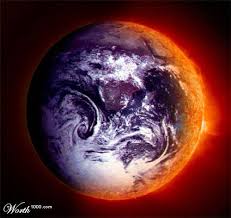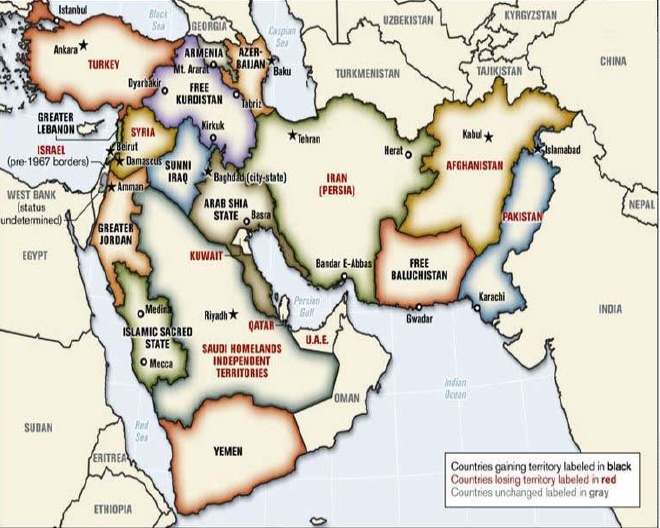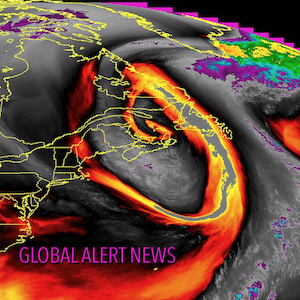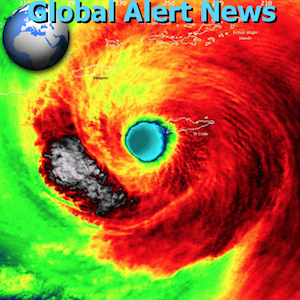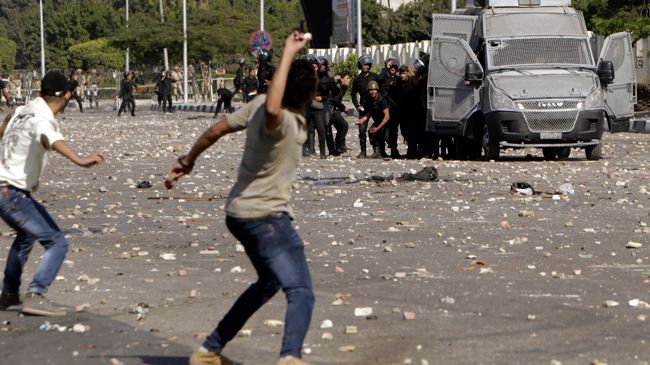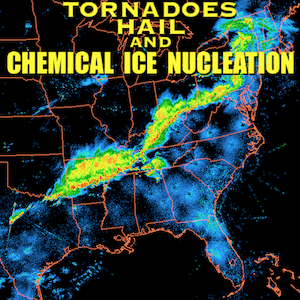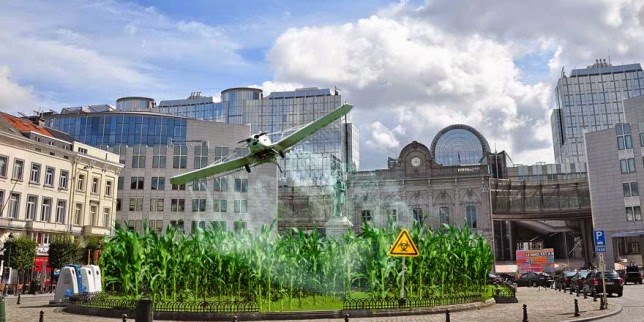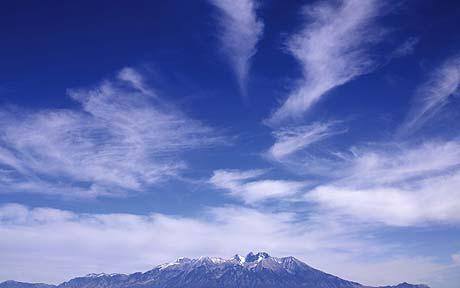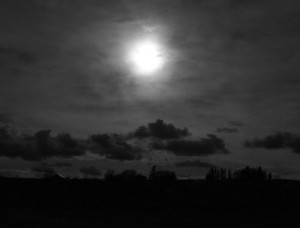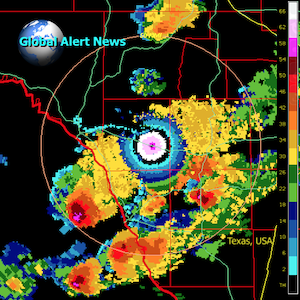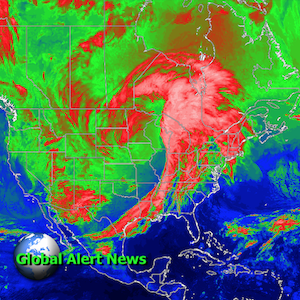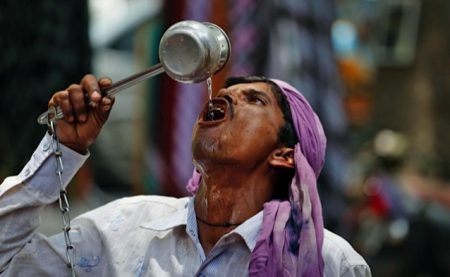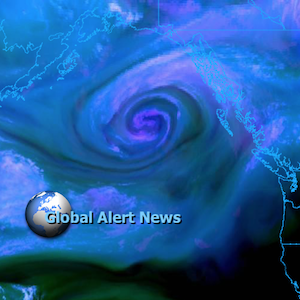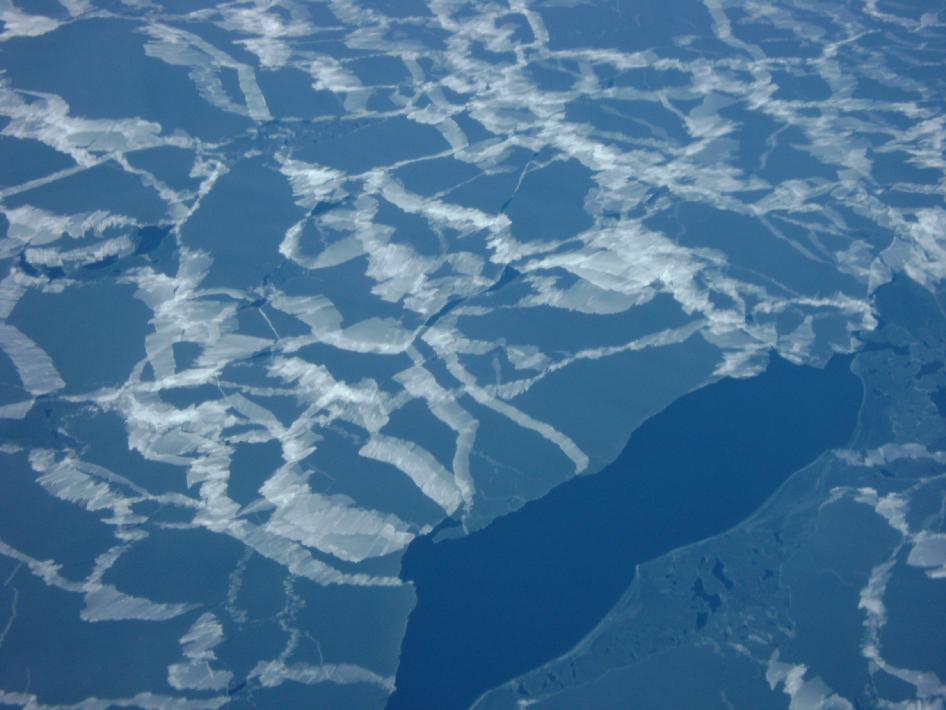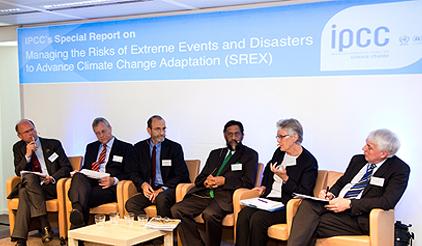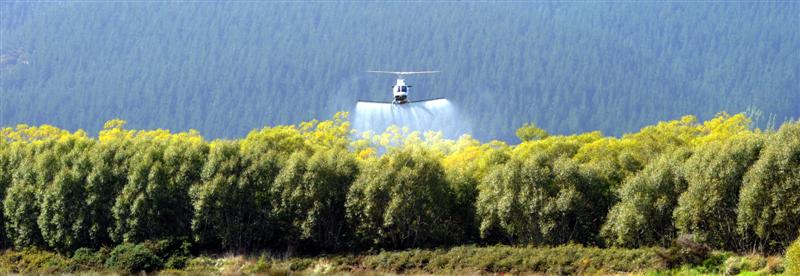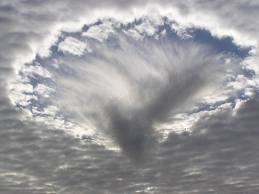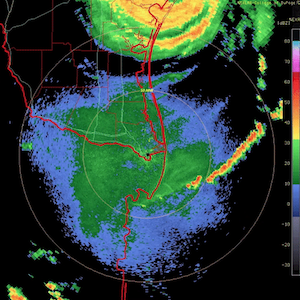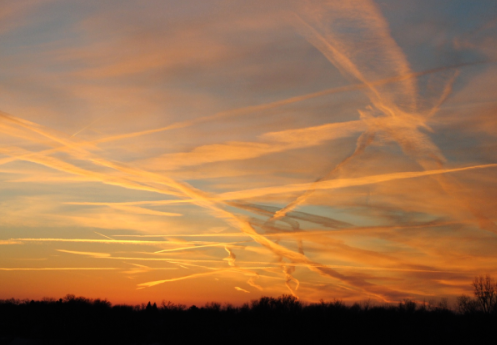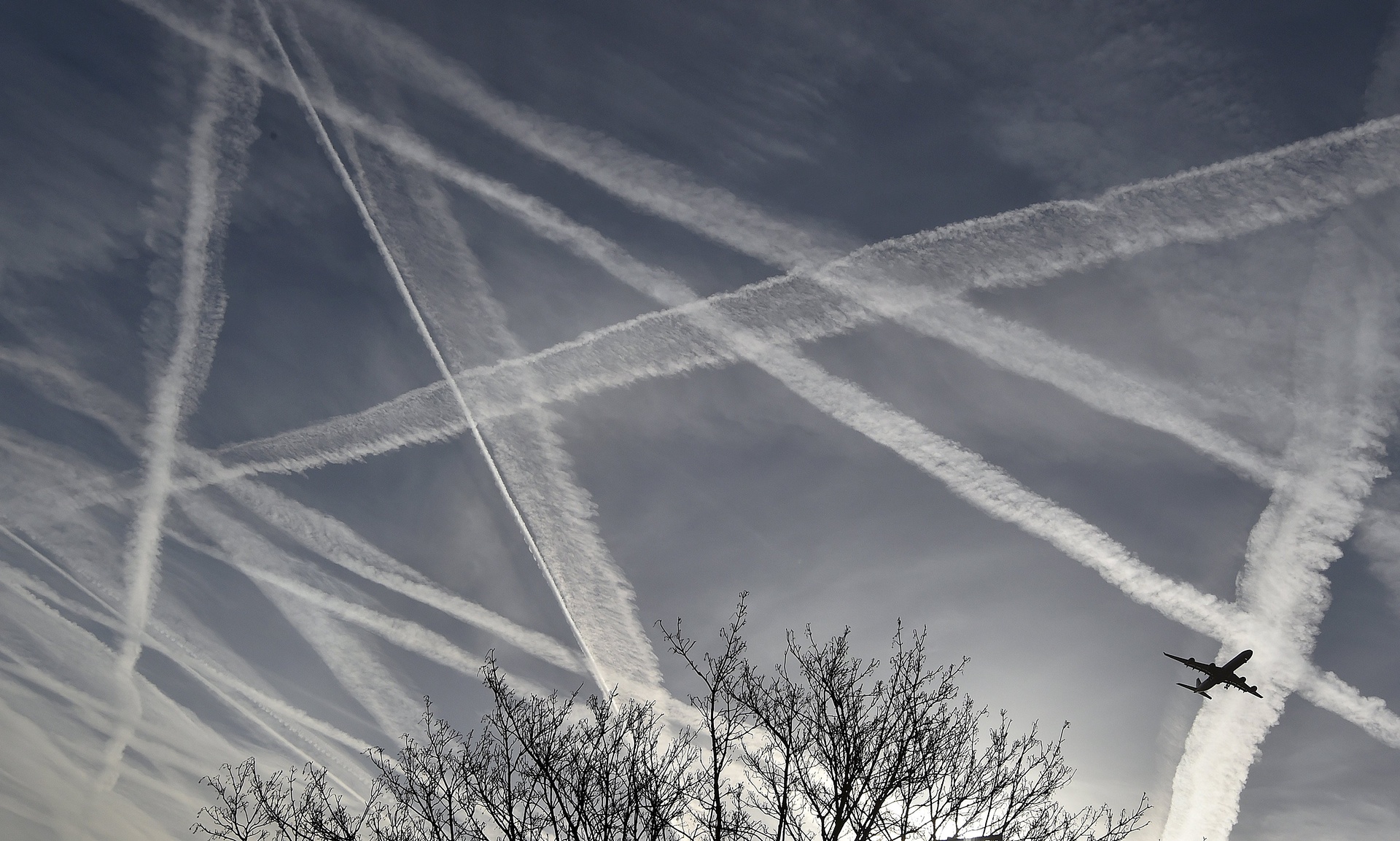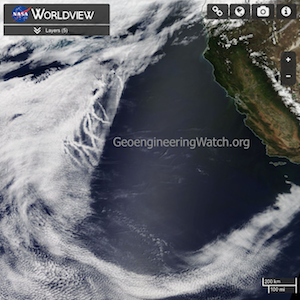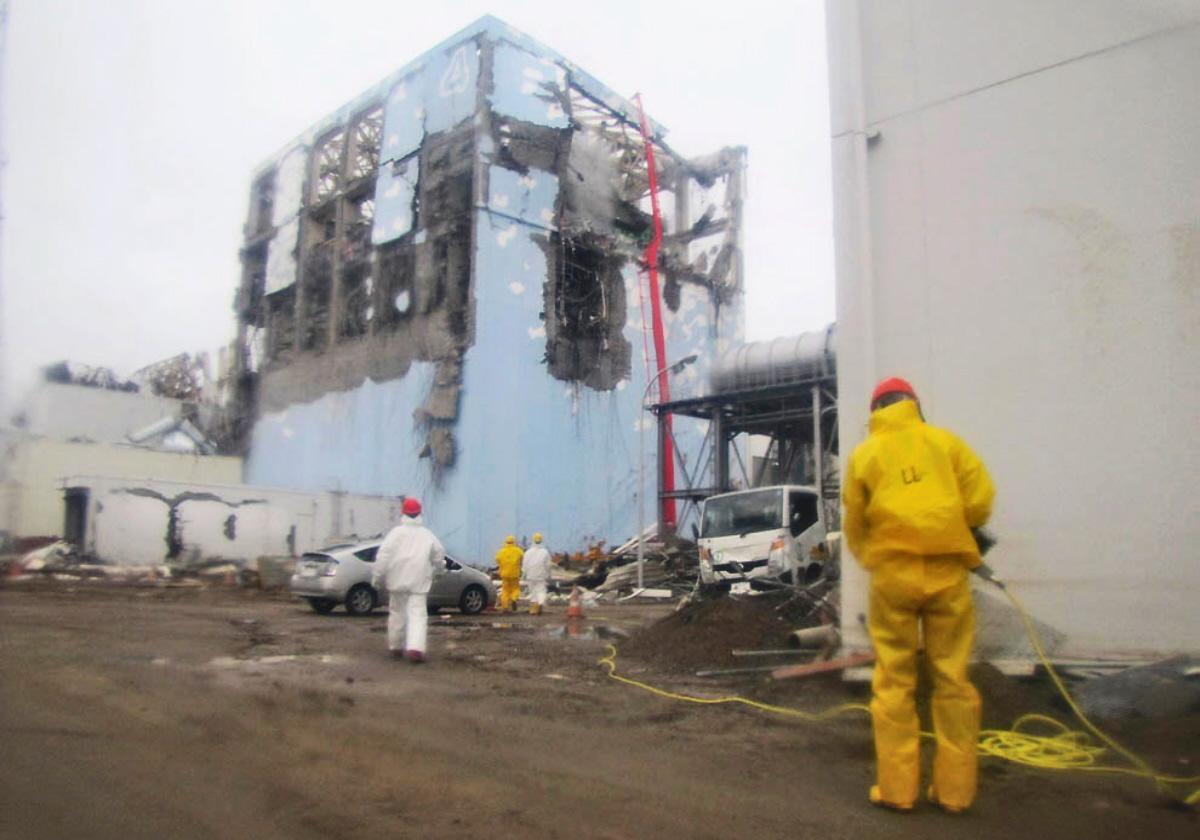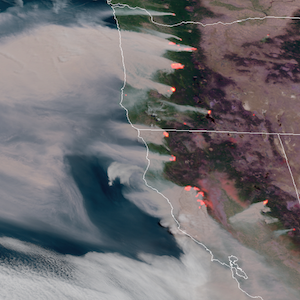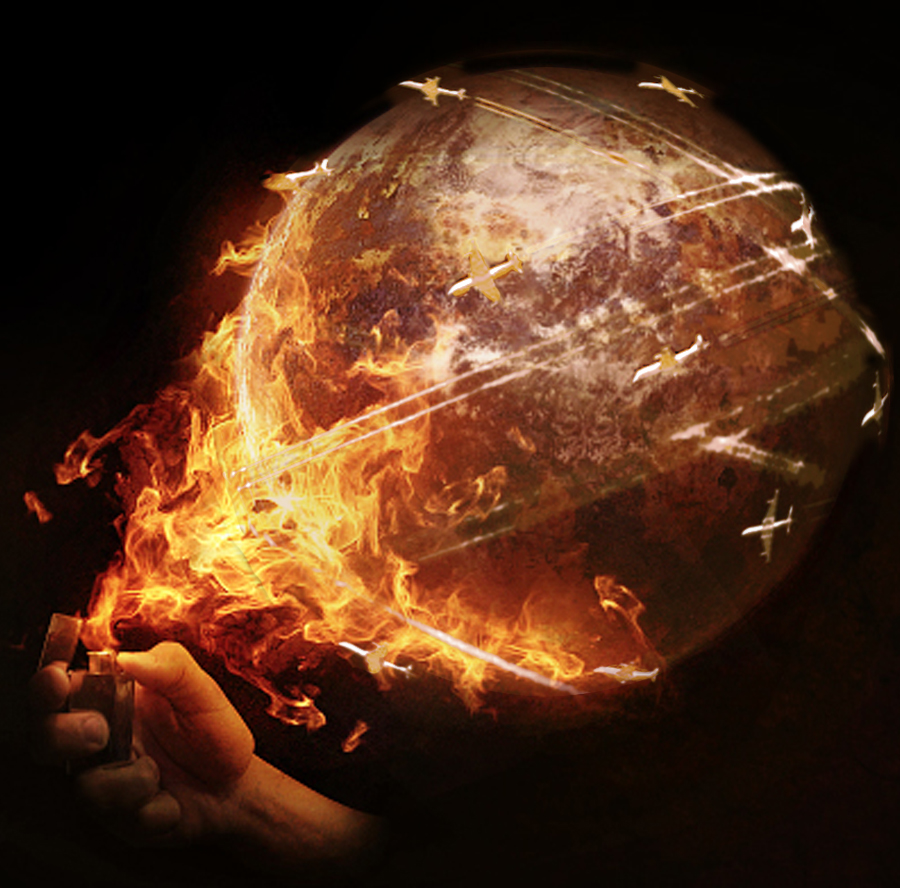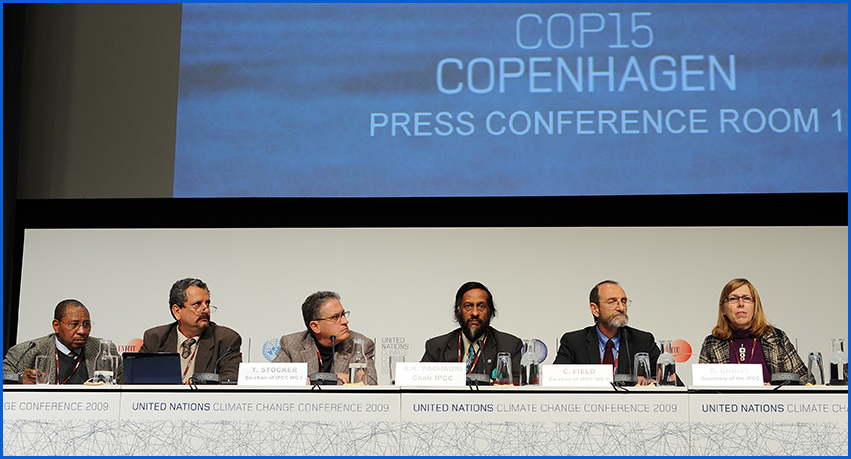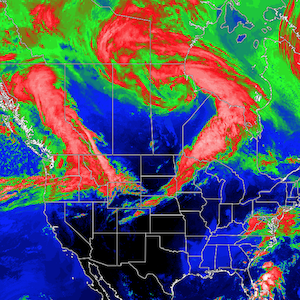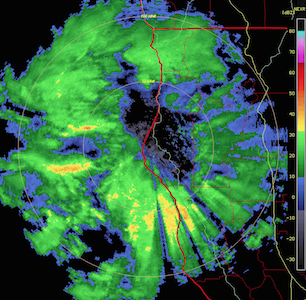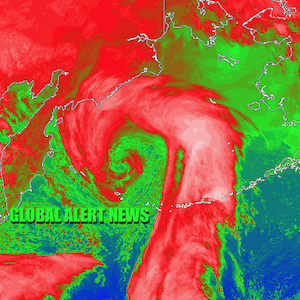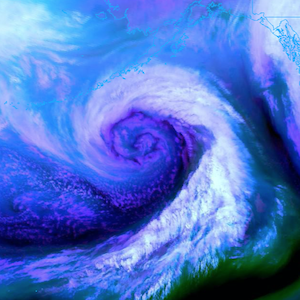The recent record-breaking heat wave that scorched much of India last week has claimed at least 169 lives in the state of Andhra Pradesh in the southeast of the country. In the state of Odisha to the north, officials announced Monday that the start of the school year would be delayed by at least 5 days in hopes that the current heatwave would break before students were crowded back into sweltering classrooms. The heatwave has, so far, claimed at least 26 lives in the state.
In Delhi, where temperatures topped 110°F for seven days straight, the death toll is uncertain, but as many as 79 of Delhi’s homeless may have succumbed to the extreme weather., according to the Centre of Holistic Development, a group working to end homelessness in the city.
The health impacts of the heat wave have been intensified by widespread and prolonged power outages limiting access to fans, AC and even water.
While extreme cold, like the Polar Vortex in the U.S. last winter, is often thought of as deadlier than extreme heat events, there is mounting evidence that as the climate changes, it is the heat, rather than the cold, that will claim the most lives. Scientists in the U.K., recently predicted that heat-related deaths in the country will rise by 257 percent by mid-century. For every 1°C rise in temperature, the researchers forecast a 2.1 percent increase in deaths. While a 1°C drop in temperature saw a similar 2 percent increase in mortality, the scientists noted that climate change is pushing the mercury up, not down. Cold weather-related deaths in the U.K. could thus be expected to decrease by 12 percent by the 2080s.
Hope for relief from the heat in India is on the horizon, as the monsoon rains are forecast to spread over much of the country this week. Monsoon rains made landfall in the western Indian city of Mumbai on Sunday.
The rains, which usually bring cooler weather starting around June 1, are late this year, prolonging the deadly heatwave and increasing the death toll.
The India Meteorological Department has predicted below average rains for the monsoon season this year. According to the department, there is a one in three chance that drought conditions will emerge later in the season. The monsoon usually runs from June to September. Eighty percent of the country’s precipitation falls during these months, intensifying the impacts of a poor monsoon season.
The increasing likelihood of the formation of the El Niño weather phenomenon also increases the chances of lower-than-average rainfall.
A weak monsoon could also affect India’s already fragile power supply as the country is heavily dependent on hydropower. Coal power also uses a great deal of water. In 2012, a weak monsoon season was partly responsible for a blackout that cut power to 600 million people.
Source: Think Progress





